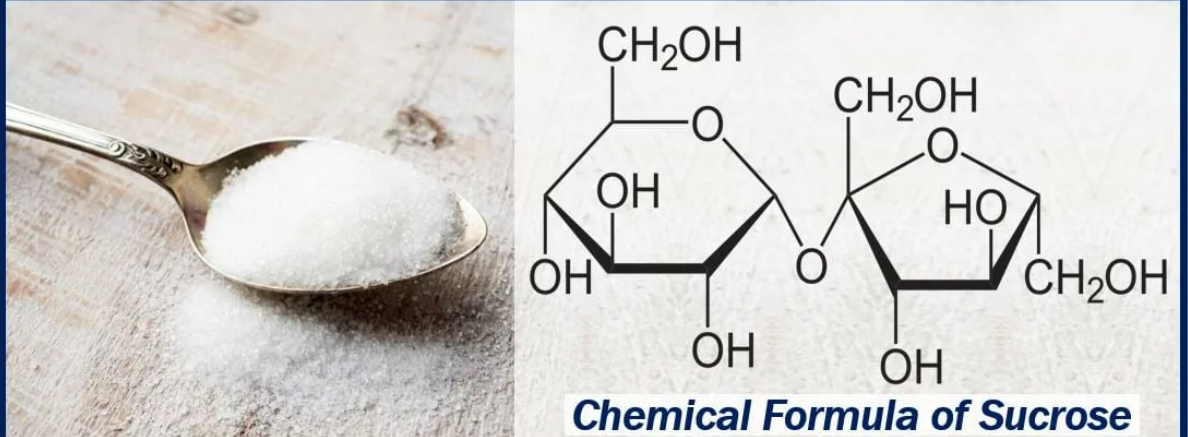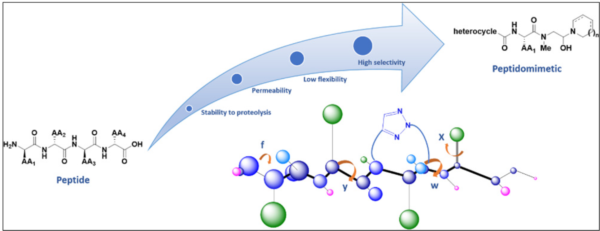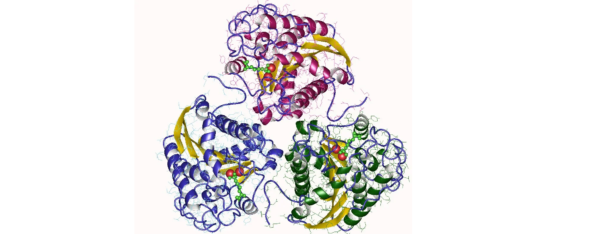A Sugar and Sugar-like Compound Library is a collection of compounds that encompasses a diverse range of molecules with structural similarity to sugars. These compounds are often derived from natural sources, such as plants, microorganisms, or marine organisms, or are synthetically designed to mimic sugar structures. The Sugar and Sugar-like Compound Library holds great value in drug discovery, as sugars and sugar-like molecules play essential roles in biological processes and can serve as potential therapeutic agents.
Sugars, also known as carbohydrates, are vital components of living organisms and serve numerous biological functions. They are involved in cellular energy metabolism, cell signaling, immune response, and cell-cell recognition[1]. Sugar-like compounds, which possess structural similarities to sugars but may have modifications or substitutions, can also participate in crucial biological interactions and pathways[2].
The Sugar and Sugar-like Compound Library offers a broad range of compounds with various chemical structures and functional groups. These compounds can target specific sugar-binding proteins, such as lectins or enzymes involved in carbohydrate metabolism. They can also interact with carbohydrate-binding domains of proteins, affect cellular signaling pathways, modulate immune response, or impact microbial adhesion[3].
The compounds within the library may include natural sugars, sugar derivatives, modified sugars, glycosides, and synthetic sugar-like molecules. Natural sugars can be obtained from plants, fruits, or other sources, while modifications to their structures can lead to improved properties such as increased stability or enhanced activity[4]. Glycosides are compounds in which a sugar molecule is attached to a non-sugar moiety, forming a diverse class of compounds with various biological activities. Synthetic sugar-like molecules can be designed and synthesized based on the knowledge of sugar-protein interactions[5].
The Sugar and Sugar-like Compound Library finds applications in various areas of research and drug discovery:
Drug design and development: The library serves as a valuable resource for identifying lead compounds that can modulate specific biological processes involving sugars. Researchers can screen the library to identify compounds that target sugar-binding proteins, provide new insights into sugar-protein interactions, and potentially lead to the development of novel therapeutic agents.
Glycobiology studies: Sugars and sugar-like molecules are involved in numerous biological processes, including immune response, cancer metastasis, and pathogen-host interactions. The library enables researchers to explore the roles of sugar-binding proteins and their interactions with sugar-like compounds, unraveling their impact on various biological pathways.
Chemical biology: The library facilitates the investigation of carbohydrate-related pathways and cellular processes. By studying the effects of sugar-like compounds on cellular functions, researchers can gain a better understanding of the roles of carbohydrates in health and disease, as well as potentially identify new targets for therapeutic intervention.
Chemical diversity and drug-likeness: The Sugar and Sugar-like Compound Library adds diversity to compound libraries used in high-throughput screening campaigns. The inclusion of sugar-like compounds expands the chemical space and increases the probability of finding new biologically active molecules with drug-like properties[6].
In conclusion, the Sugar and Sugar-like Compound Library represents a valuable resource for researchers in drug discovery, glycobiology, and chemical biology. With its diverse collection of compounds that mimic sugar structures, the library offers opportunities to explore sugar-protein interactions, uncover new therapeutic targets, and develop novel drugs. By understanding and harnessing the biological roles of sugars and sugar-like molecules, researchers can advance our knowledge of complex biological processes and potentially develop innovative treatments.
References:
Varki, A. (2017). Biological roles of glycans. Glycobiology, 27(1), 3-49.
Ribeiro, J. P., & Figueroa-Villar, J. D. (2015). Sugar-like molecules: Looking back and seeing ahead. Medicinal Research Reviews, 35(6), 1132-1184.
Fukuda, M. (2002). Altered glycosylation in cancer-sugar and spice. The Anatomical Record, 269(1), 96-104.
Werz, D. B. (2013). Carbohydrate-based modulators of immune responses. Biopolymers, 99(11), 746-760.
Chabre, Y. M., Amblard, M., & Dalbon, P. (2017). Recent advances in the synthesis and biological functions of pseudosugars. Chemistry-A European Journal, 23(4), 803-824.
Carhart, R. E., Smith, D. H., & Venkataraghavan, R. (1985). Atom pairs as molecular features in structure‐activity studies: Definition and applications. Journal of Chemical Information and Computer Sciences, 25(2), 64-73.




